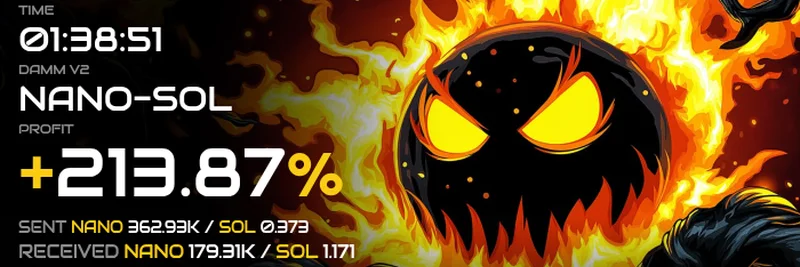In the ever-evolving landscape of blockchain technology, a silent yet significant race is underway. This competition focuses on developing the high-throughput read layer, a critical component for enhancing the scalability and efficiency of blockchain systems. Let's dive into what this means and why it matters, especially in the context of meme tokens and broader blockchain applications.
Understanding the High-Throughput Read Layer
The high-throughput read layer refers to advancements in blockchain technology that aim to increase the speed and capacity of reading data from the blockchain. This is distinct from the write layer, which handles the recording of new transactions. As a16z's tweet highlights, the verification gap in AI-driven systems is widening, necessitating robust solutions like cryptographic hashing and high-throughput layers to ensure data integrity and trust.
Why It Matters
- Scalability: Blockchain networks, especially those supporting meme tokens and other decentralized applications, face scalability challenges. High-throughput read layers can process more data queries simultaneously, reducing bottlenecks.
- Efficiency: Faster read times mean quicker access to information, which is crucial for real-time applications and user experience.
- Trust and Verification: As Balaji's discussion on AI verification underscores, ensuring the accuracy and integrity of data is paramount. High-throughput read layers, combined with cryptographic methods, can help bridge this gap.
The Connection to Meme Tokens
Meme tokens, often built on blockchain platforms like Ethereum or Solana, rely heavily on efficient data handling. The high-throughput read layer can significantly impact their performance:
- Transaction Speed: Meme token trades and transfers need to be processed quickly to maintain market liquidity and user trust.
- Data Integrity: Ensuring that meme token metadata and transaction histories are accurately and swiftly accessible is vital for preventing fraud and maintaining decentralized trust.
Technological Underpinnings
The development of high-throughput read layers involves several technological advancements:
- Layer 2 Solutions: Technologies like the Lightning Network for Bitcoin or Rollups for Ethereum offload some of the read and write operations from the main chain, enhancing throughput.
- AI and Machine Learning: As Andrej Karpathy's insights suggest, AI can assist in optimizing code and reducing the verification burden, which is crucial for scaling read operations.
- Cryptographic Hashing: ScoreDetect's blog explains how hashing ensures data integrity, a cornerstone for high-throughput systems.
The Quiet Race
Despite its importance, the race to build these layers is not as publicized as other blockchain developments. This is partly because it requires deep technical expertise and often involves incremental improvements rather than headline-grabbing innovations. However, as Logan Jastremski's tweet points out, this quiet competition is crucial for the future of blockchain technology.
Key Players and Innovations
- Solana: Known for its high transaction speeds, Solana is a frontrunner in implementing high-throughput solutions.
- Ethereum: With the advent of Ethereum 2.0 and Layer 2 scaling solutions, Ethereum is also making significant strides.
- Emerging Startups: Numerous startups are focusing on niche areas of read layer optimization, often leveraging AI and machine learning.
Implications for Blockchain Practitioners
For those in the blockchain space, understanding and leveraging high-throughput read layers can be a game-changer:
- Enhanced User Experience: Faster data access improves the usability of decentralized applications.
- Competitive Edge: Projects that adopt these technologies early can gain a significant advantage in terms of performance and scalability.
- Future-Proofing: As blockchain technology continues to evolve, being adept at these advancements will be crucial for long-term success.
Conclusion
The quiet race to build the high-throughput read layer is a testament to the ongoing innovation in blockchain technology. It addresses critical challenges of scalability, efficiency, and trust, which are particularly relevant for meme tokens and other decentralized systems. As practitioners, staying informed about these developments and understanding their implications can help navigate the complex landscape of blockchain technology.
By focusing on these advancements, we can ensure that blockchain remains a viable and robust platform for the future, capable of handling the demands of an increasingly digital world.


